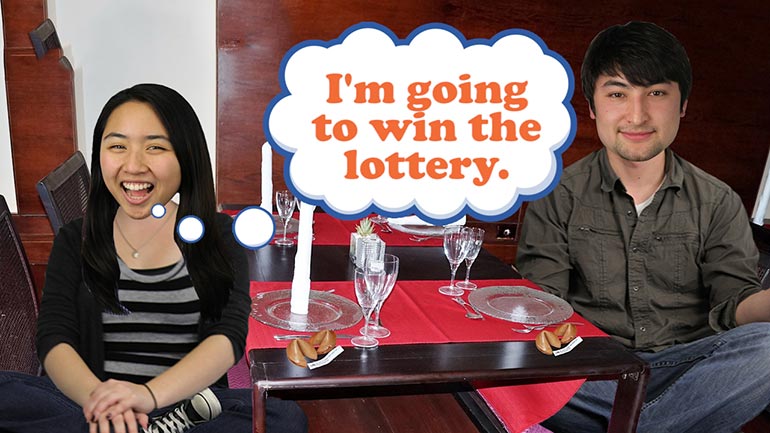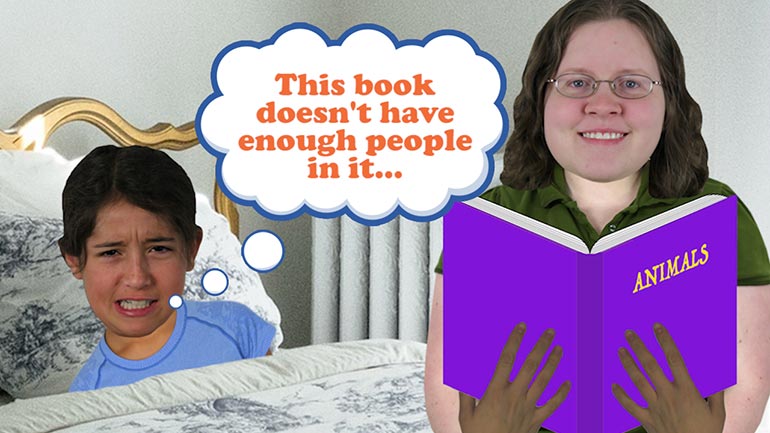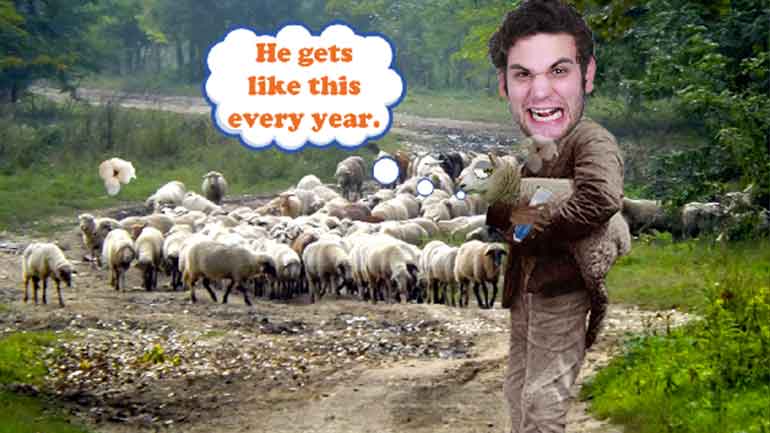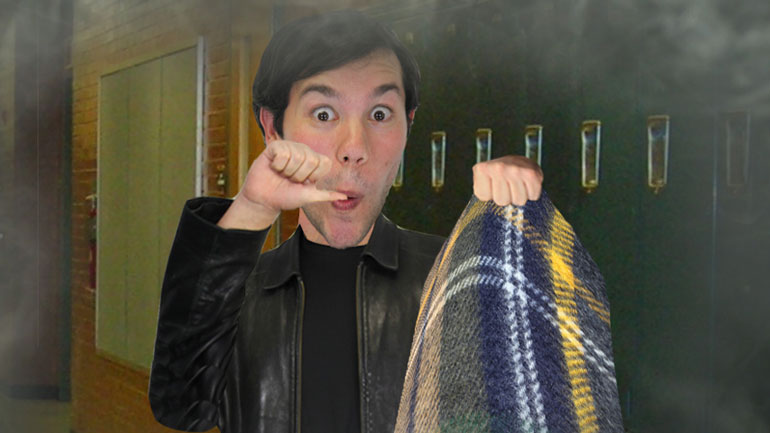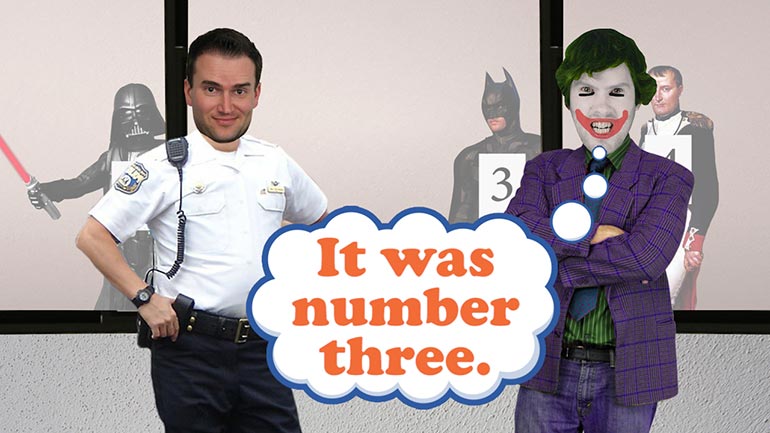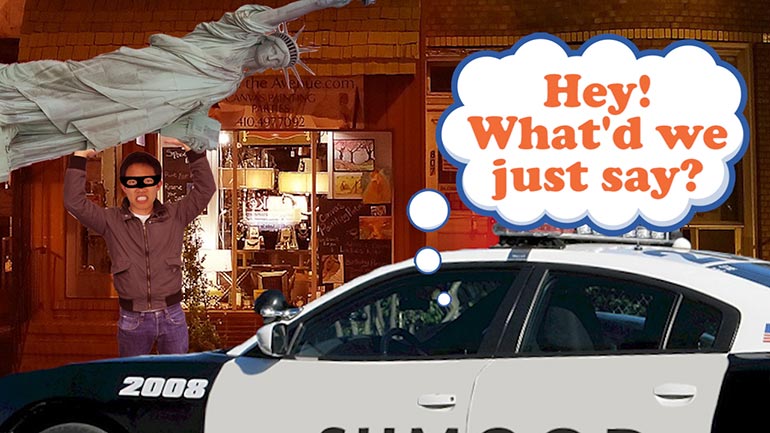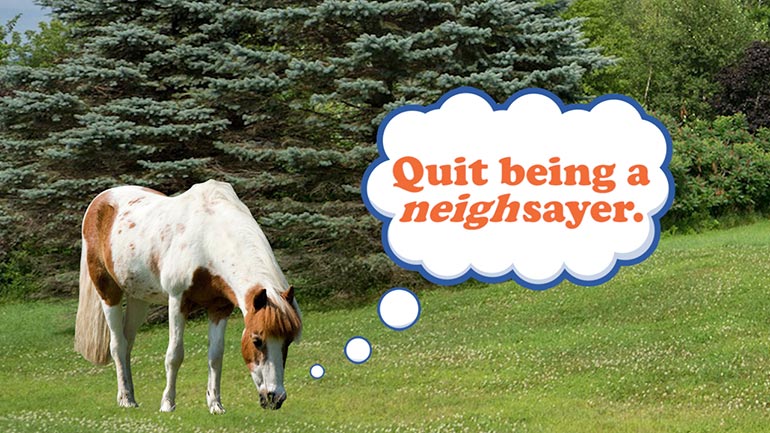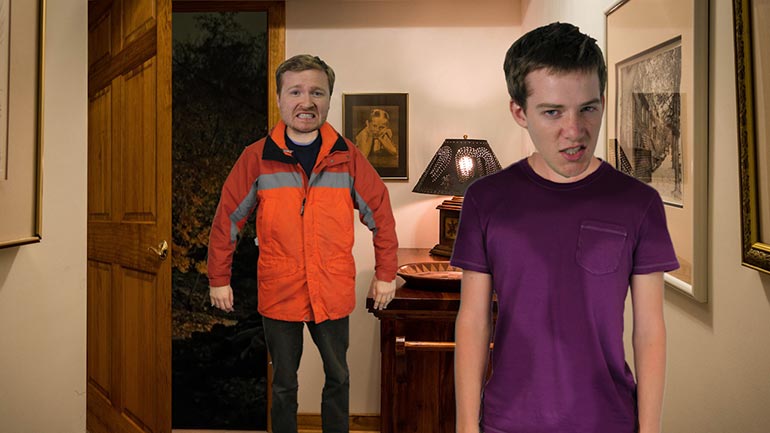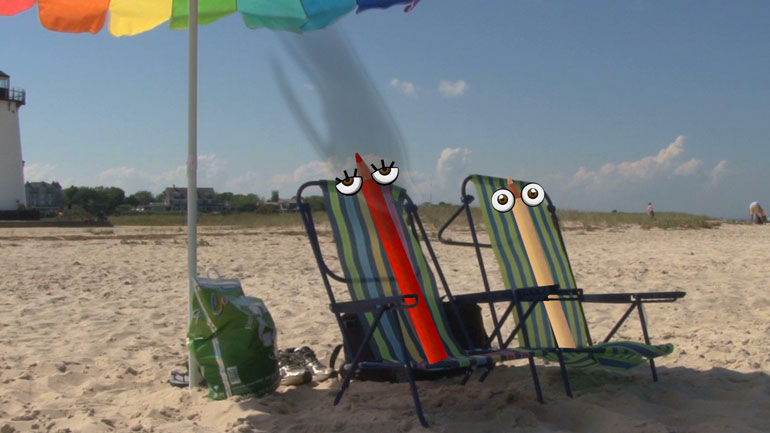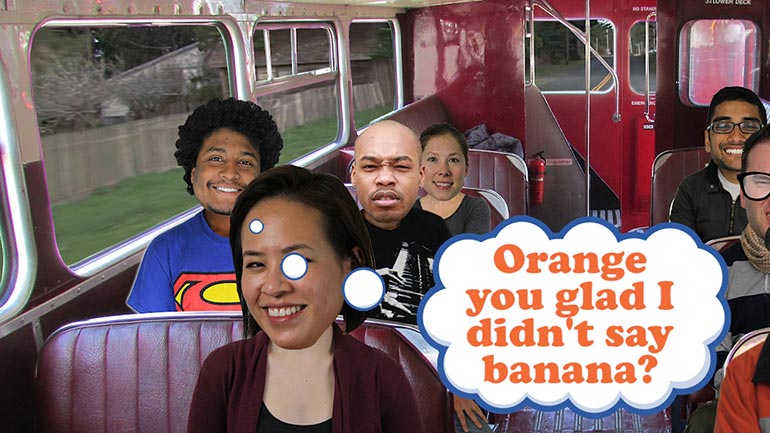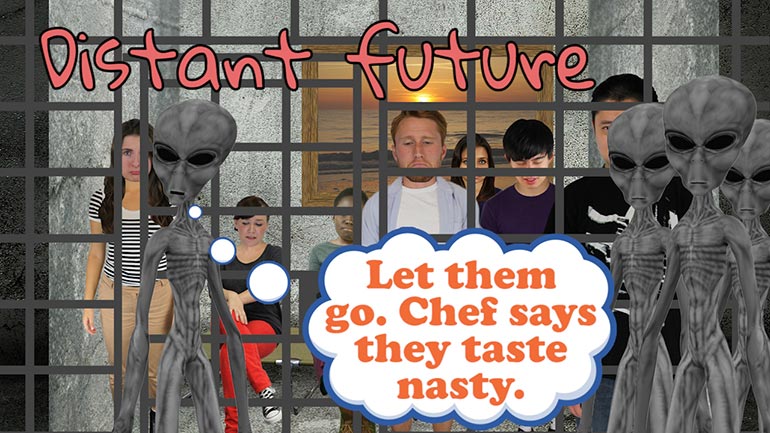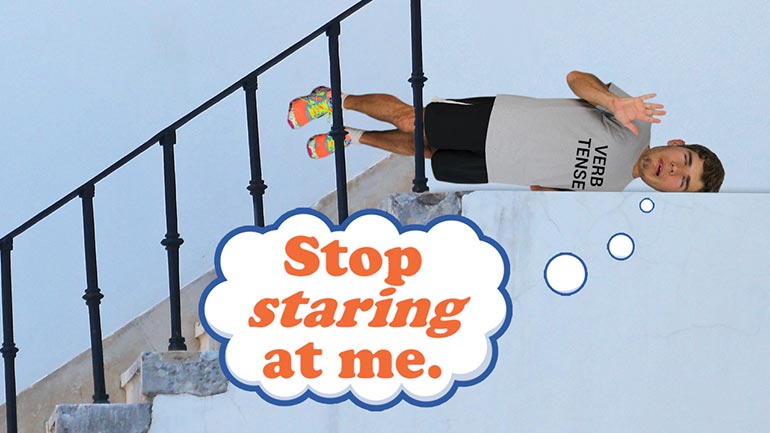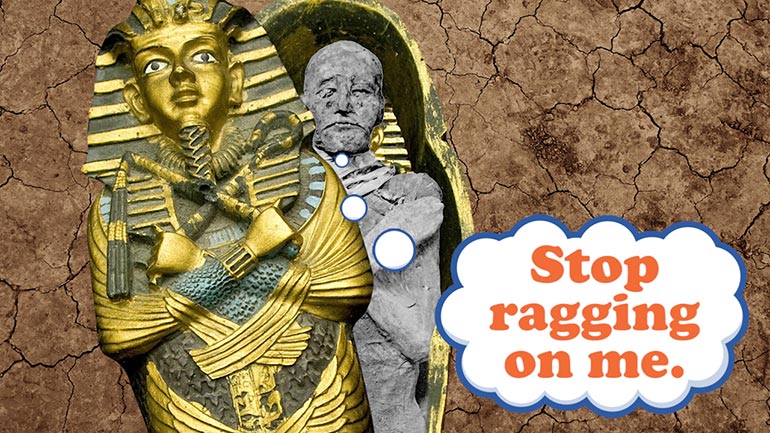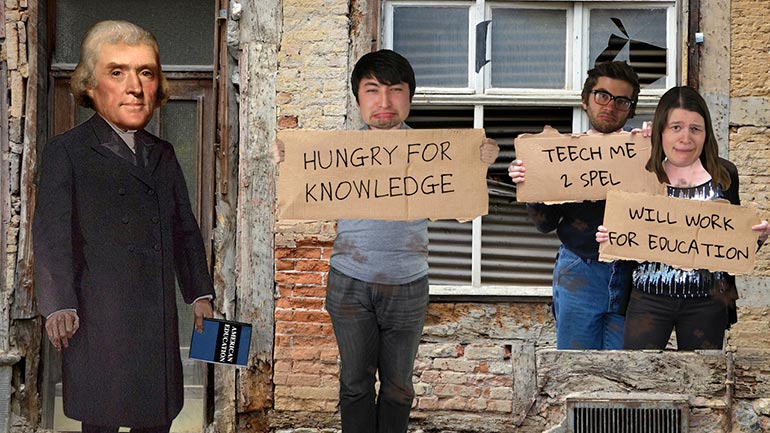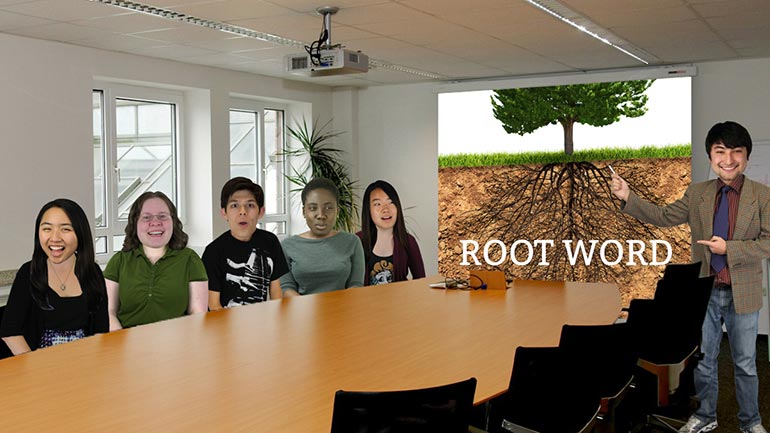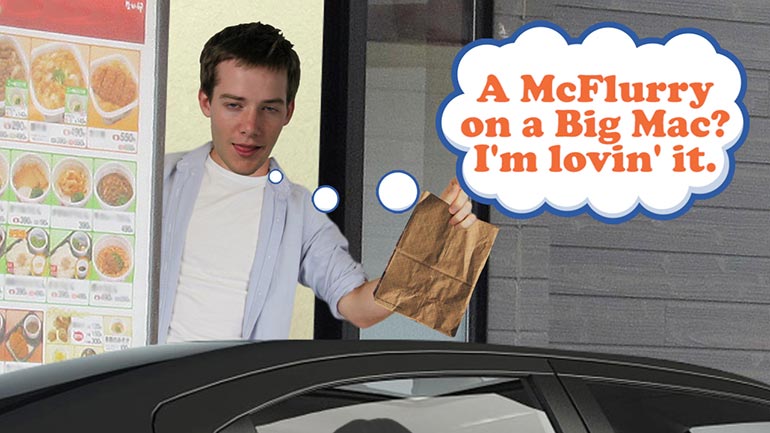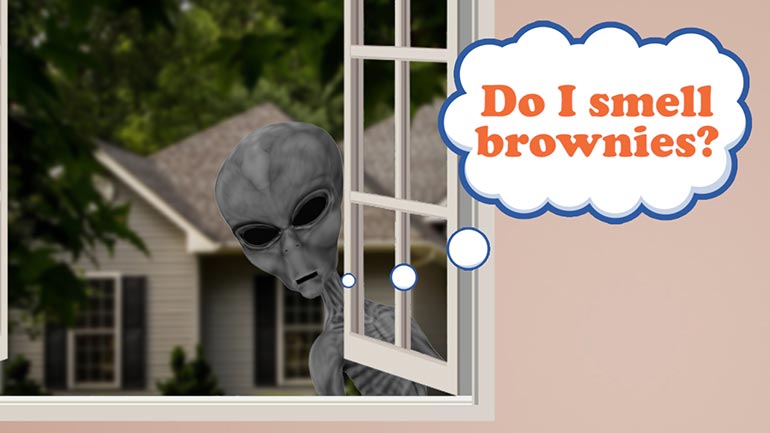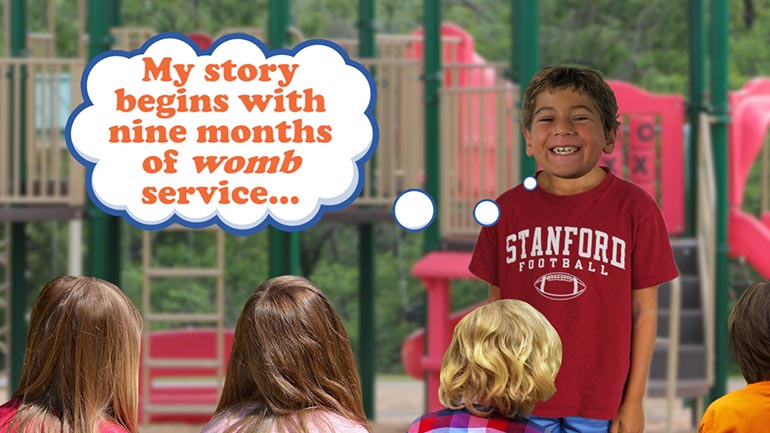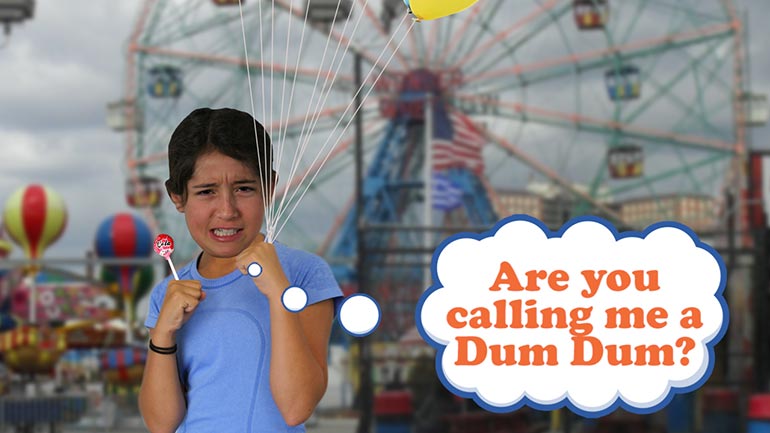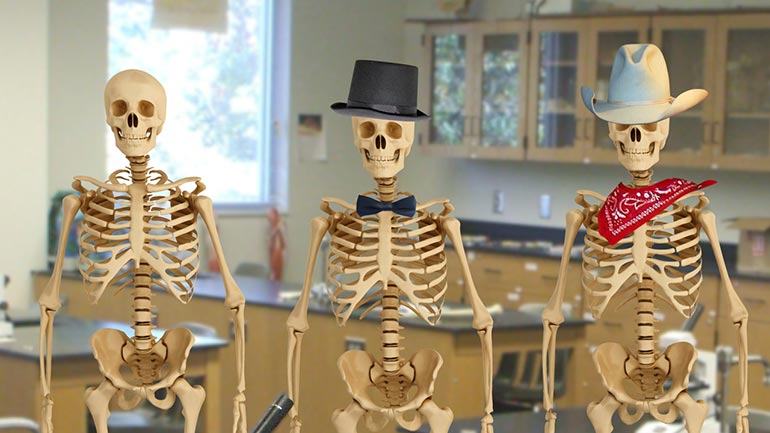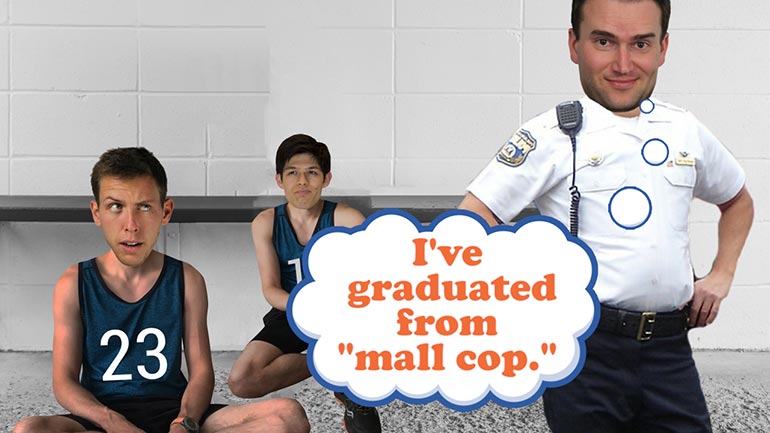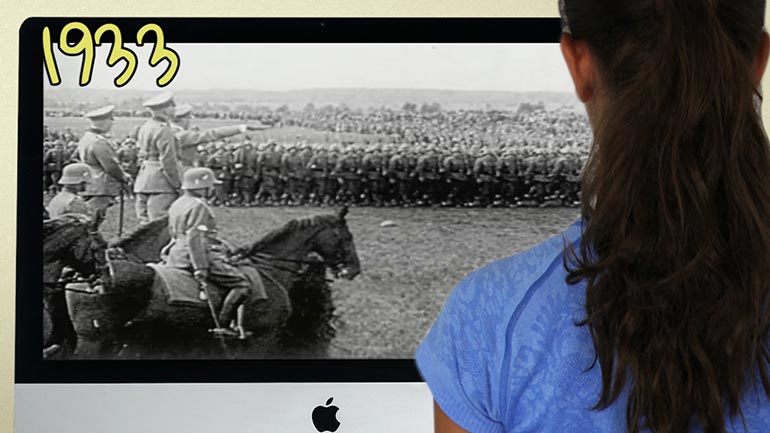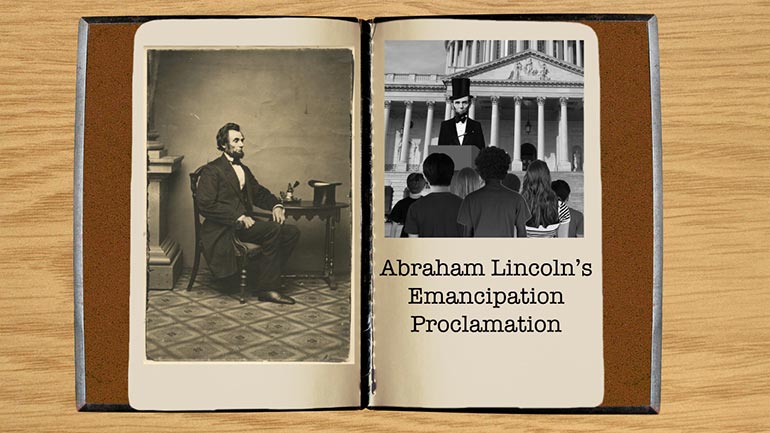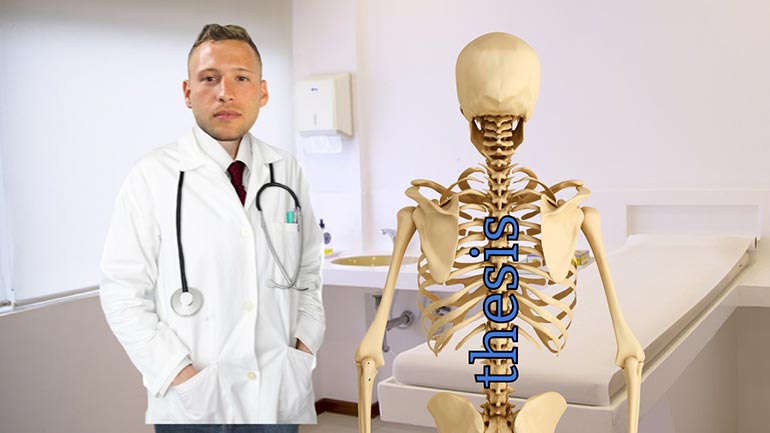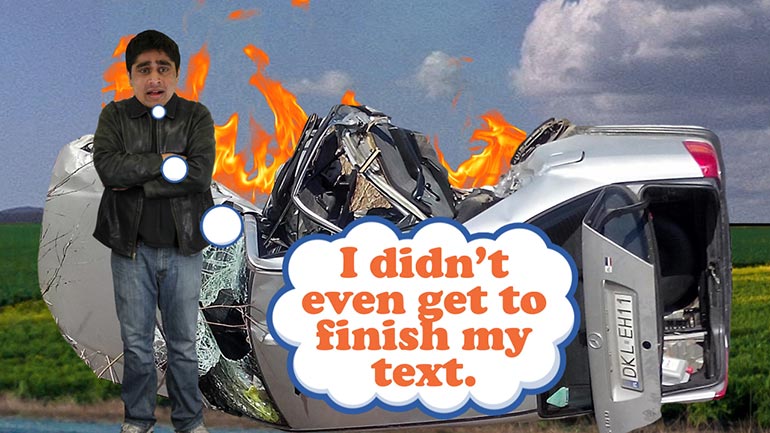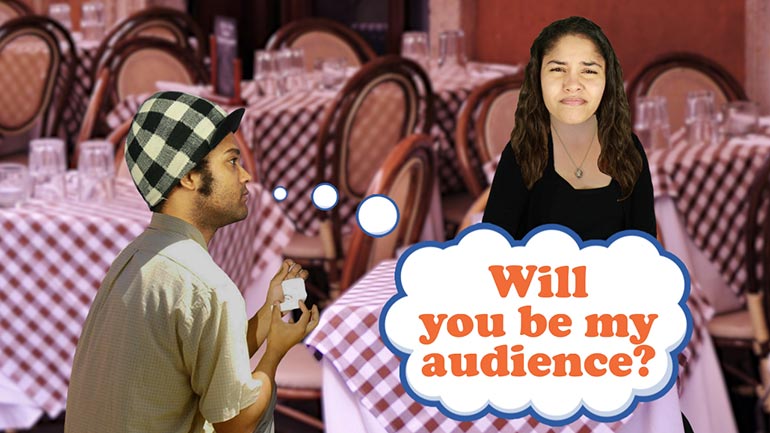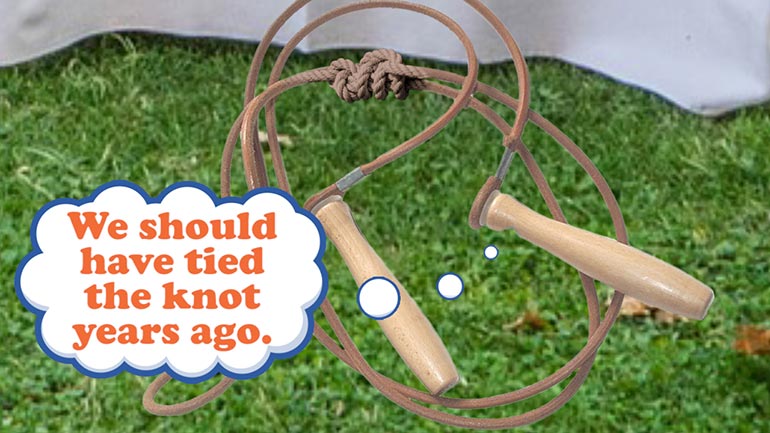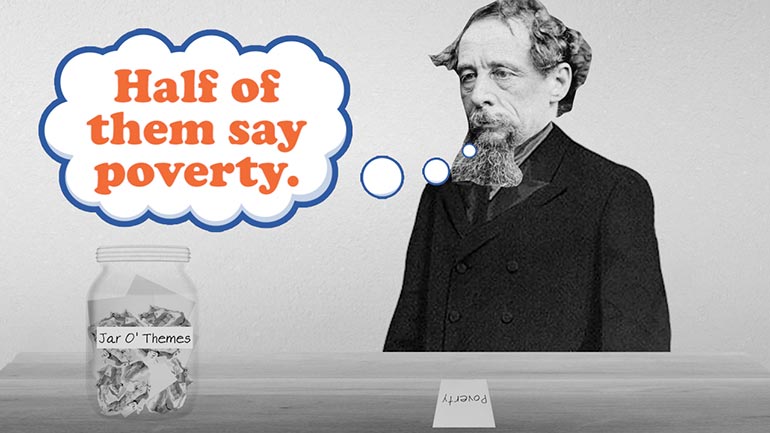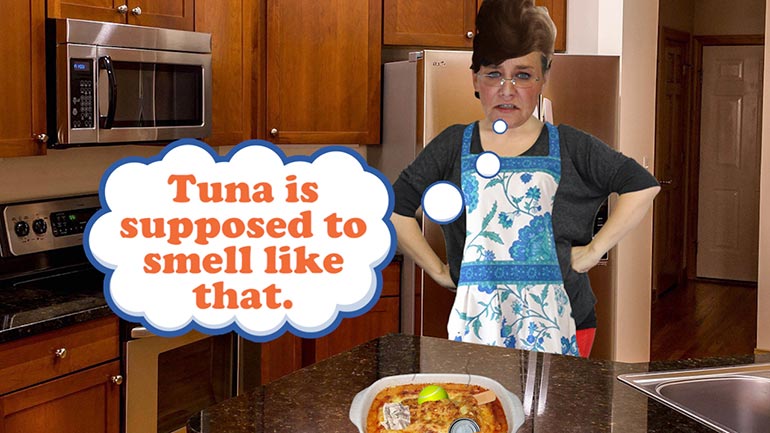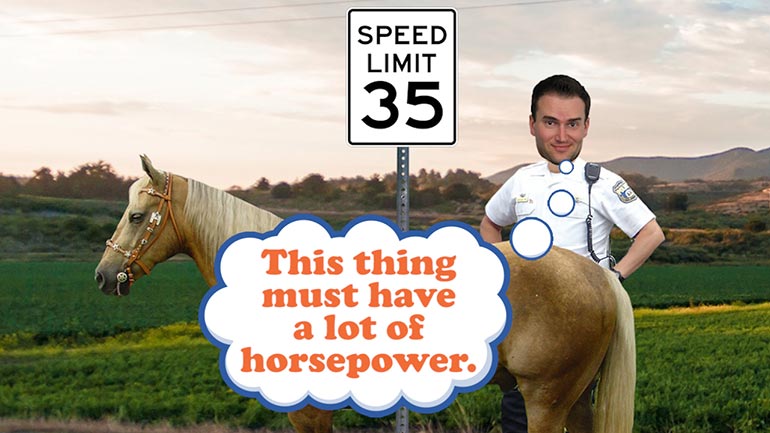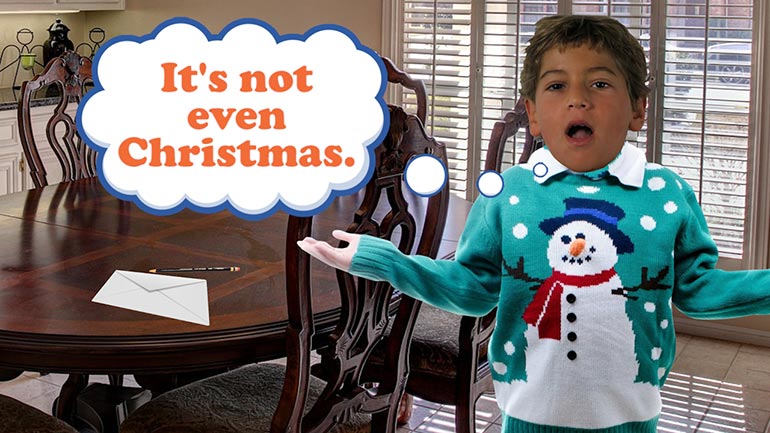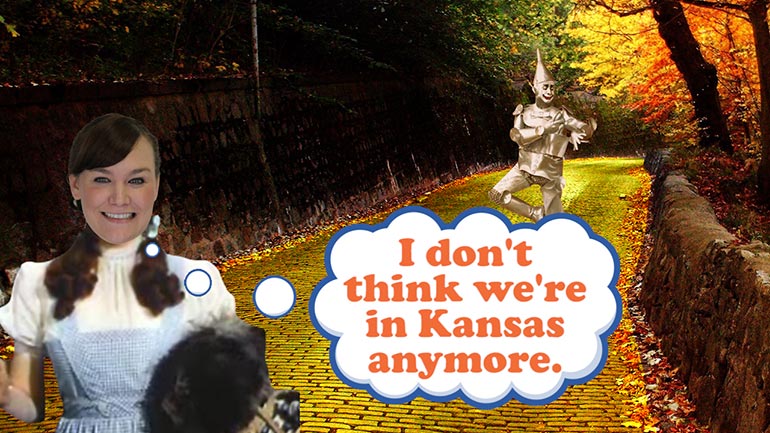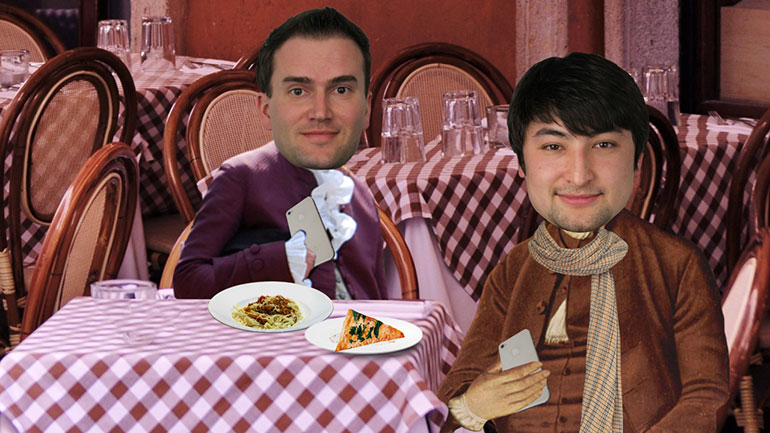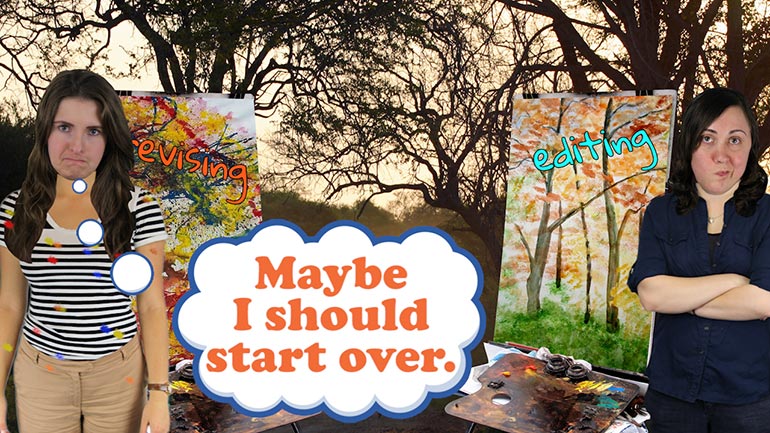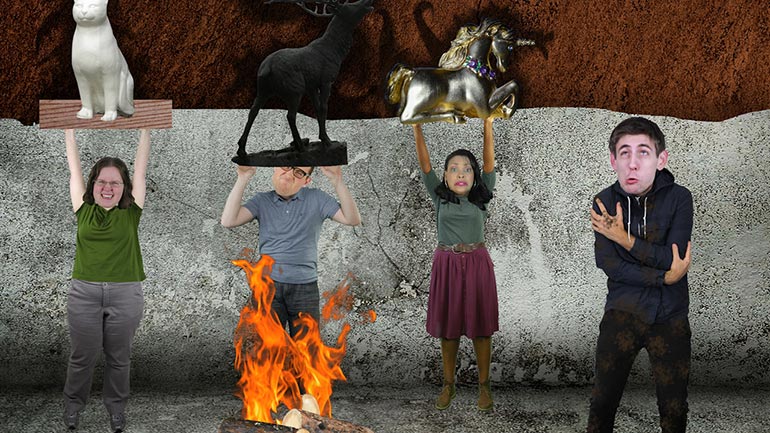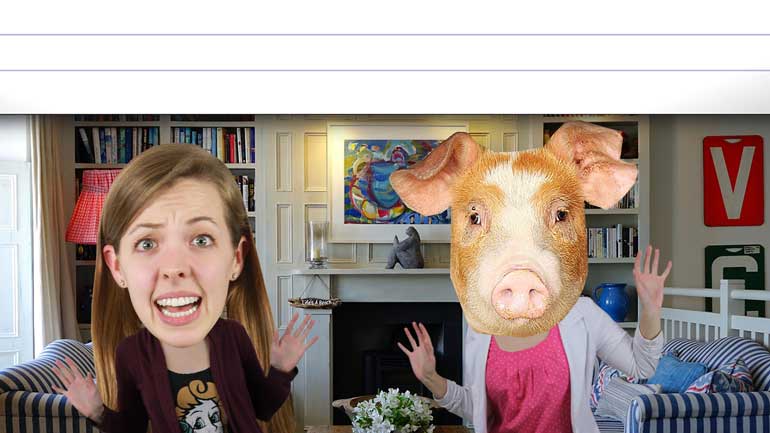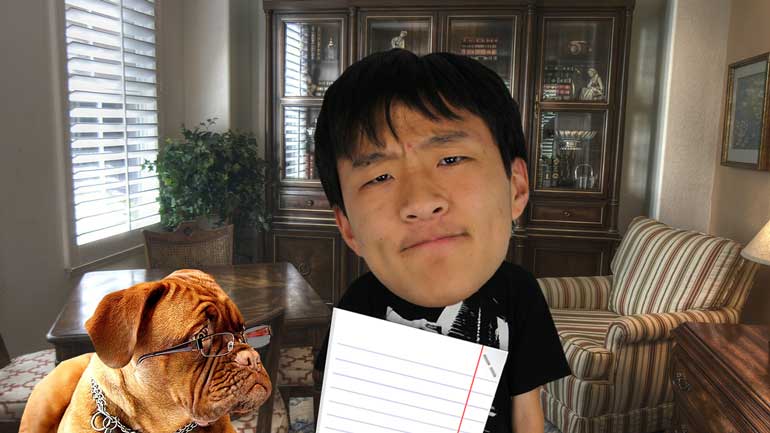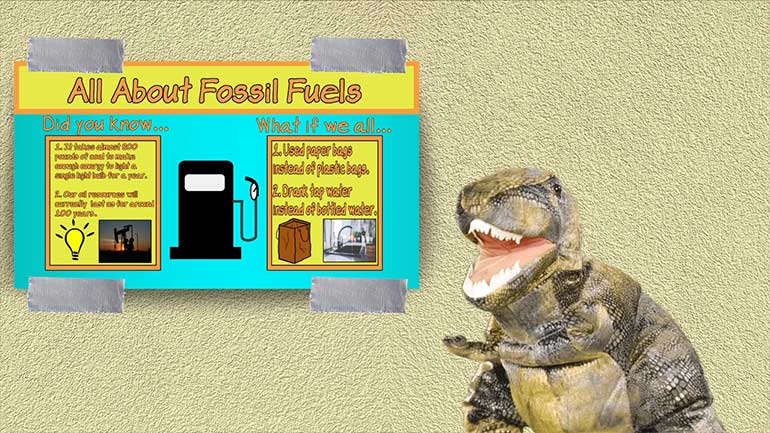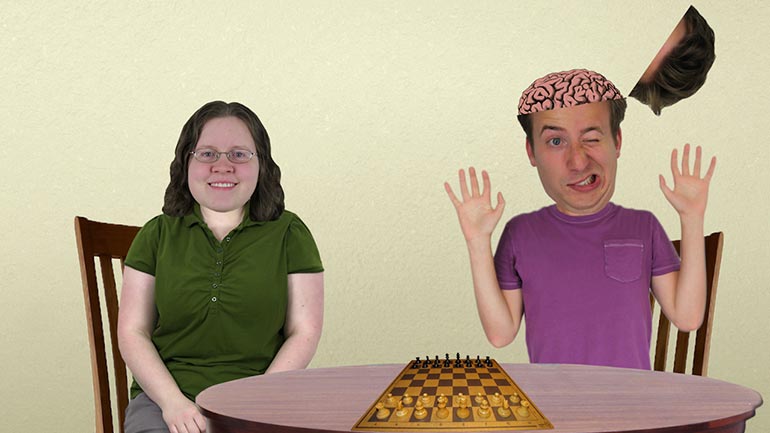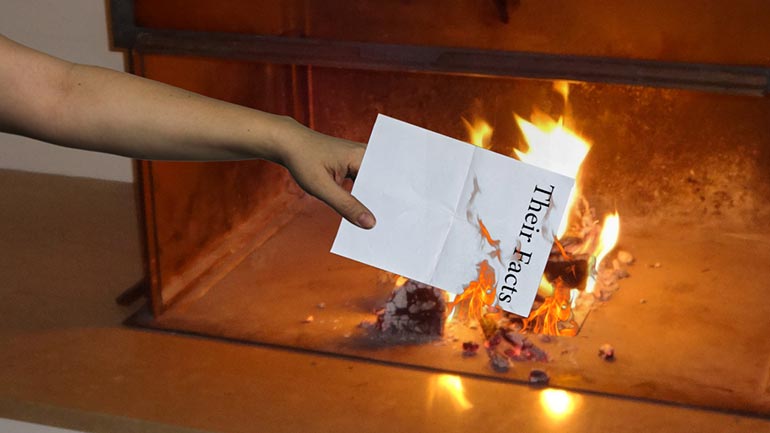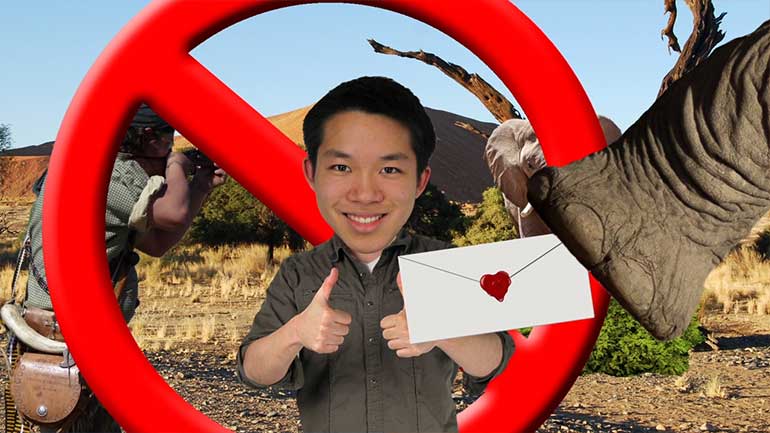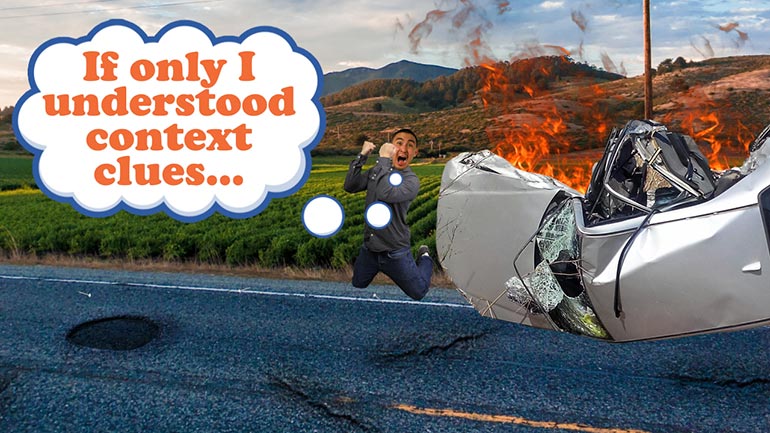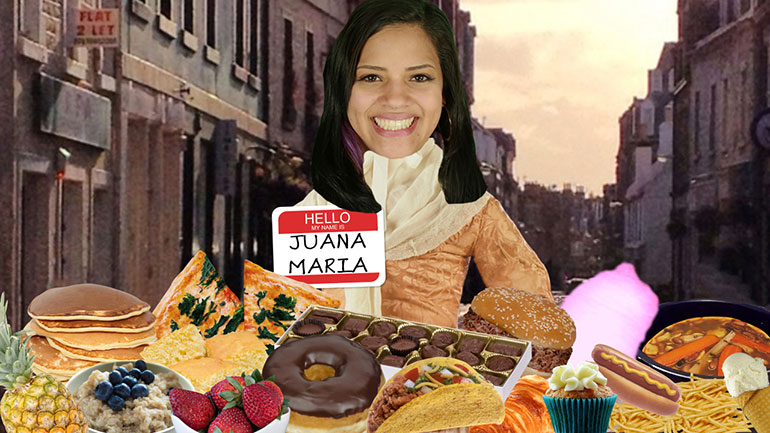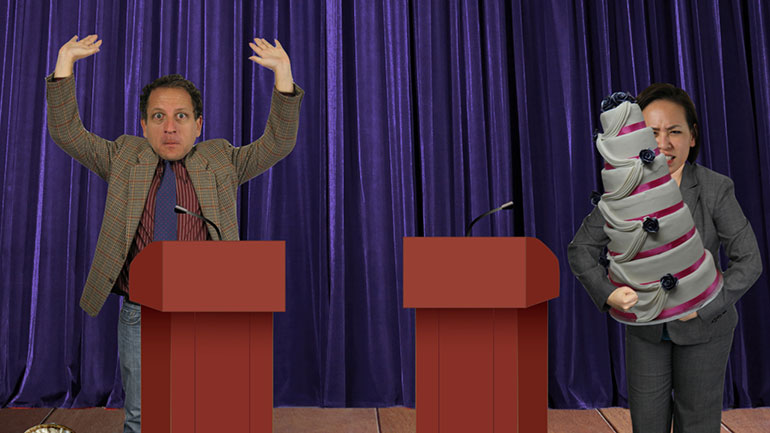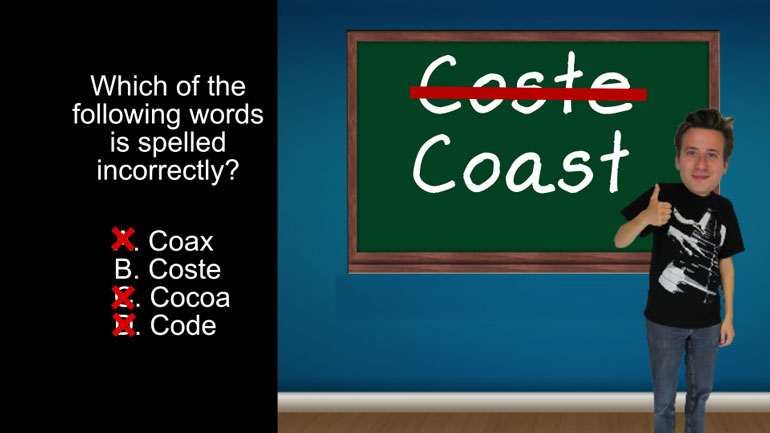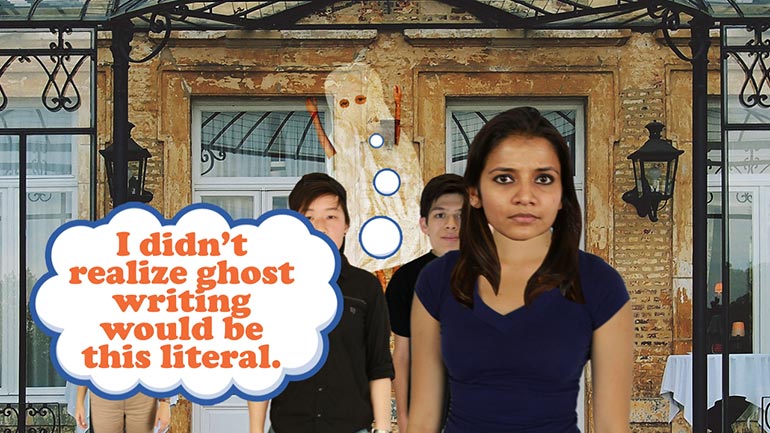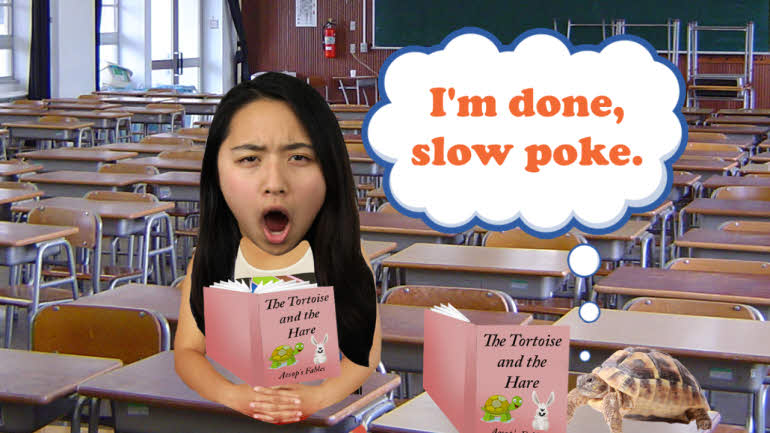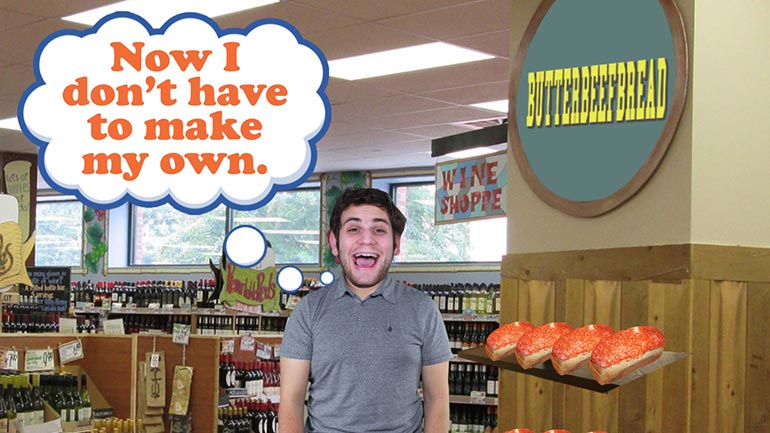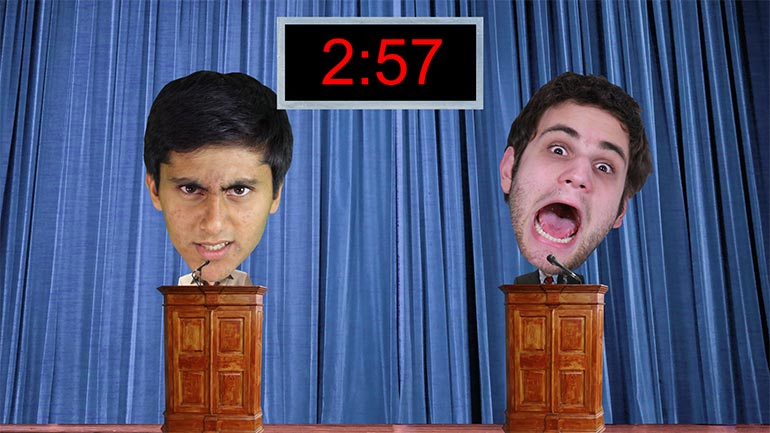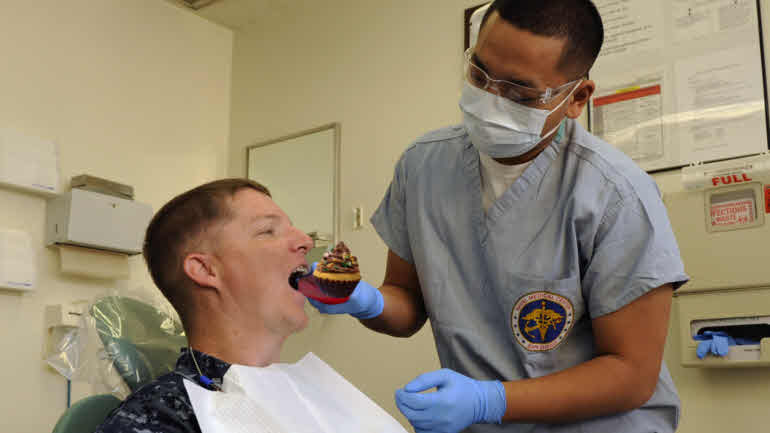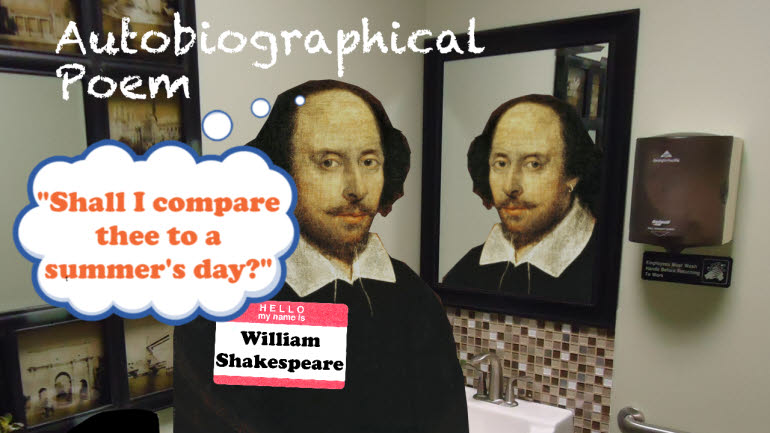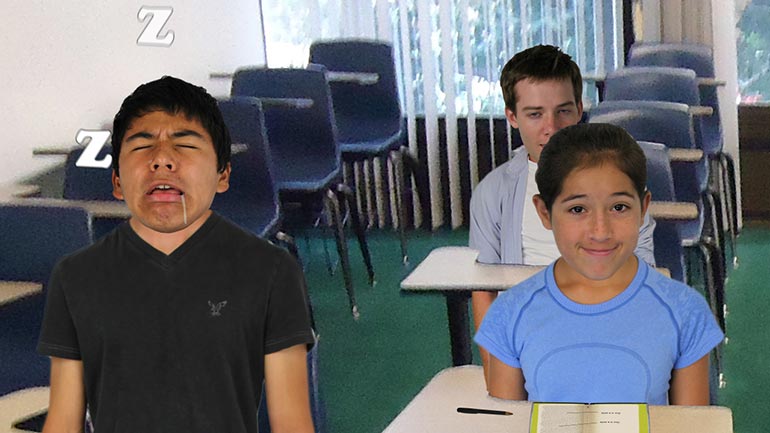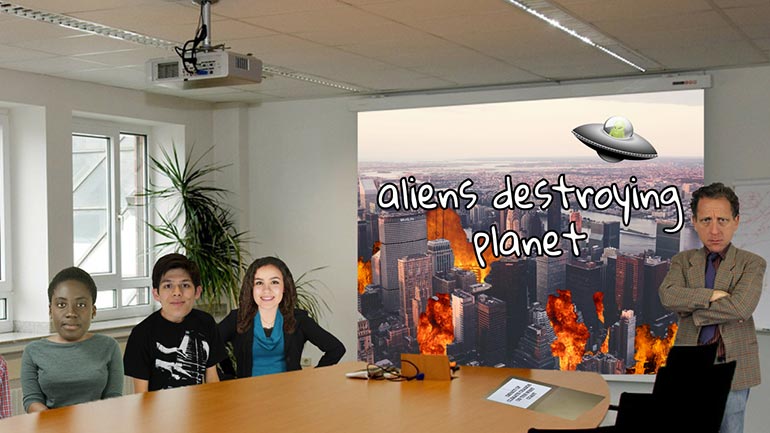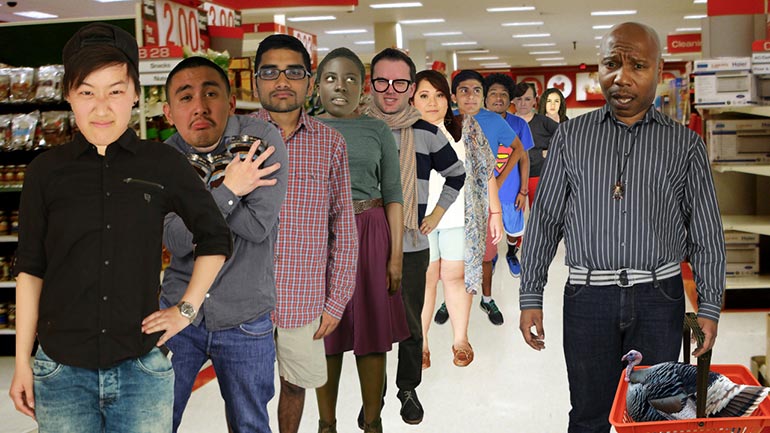ShmoopTube
Where Monty Python meets your 10th grade teacher.
Search Thousands of Shmoop Videos
Language Arts Videos 106 videos
Picking a theme for a party is pretty easy—always go karate party, because they come with nunchuck egg rolls. Themes in writing are a little diff...
Calling a book “non-fiction” is a bit like saying you have a dog. Sure it covers the basics, but there's a big difference between a Doberman an...
ELA Drills, Advanced: Punctuation 4. Which of the words is spelled correctly?
ELA 5: The Act of Comparing 10 Views
Share It!
Description:
...but they both of these things totally belong. Because hey, comparing things that are exactly the same would get pretty boring. As you probably guessed, today's lesson is on comparisons.
Transcript
- 00:04
[Coop and Dino singing]
- 00:13
Comparing stuff isn’t always a good thing.
- 00:16
Like…when your Great Aunt Martha asked you how you liked her tuna casserole, [Girl and Aunt Martha at the dinner table eating tuna casserole]
- 00:19
and you compared it to the pile of garbage at the very bottom of a landfill.
- 00:23
You…probably could have held your tongue on that one. [A huge scrapyard of cars]
Full Transcript
- 00:26
But with writing, comparisons rock.
- 00:29
You can use them to create an image in your reader’s mind…
- 00:31
…or to emphasize a point you’re trying to make. [Man screams on a boat and shark bites him]
- 00:34
Both of those are awfully nice to have in your back pocket.
- 00:37
So when comparing anything, there are bound to be some differences… and some similarities.
- 00:42
You’ll need to start by organizing what you will present first, second, and so on. [Girl carries folder to a drawer labelled first and second]
- 00:46
Like…are you going to start with a mention of the landfill, and bring it around to your great aunt's dish…
- 00:51
…or should you start with the casserole,
- 00:53
and really bring it home by going to the landfill from there? [Finger points to casserole and garbage appears]
- 00:56
A critical decision, obviously…
- 00:59
The two most common ways to go about it are by using the block method…
- 01:03
or using point-by-point organization.
- 01:06
The block method is… pretty much what it sounds like.
- 01:09
You present the two things that you are comparing and contrasting in two “blocks.” [Hand places blocks side by side]
- 01:12
You start by explaining a number of aspects of the first thing…
- 01:16
…then, you explain the same aspects of the second thing in the same order.
- 01:20
This works especially well when you are trying to write about something kind of complicated. [Hand places a block labelled complicated]
- 01:24
So…say you want to compare your great aunt’s hairdo…to a hornet’s nest.
- 01:28
First of all, we’re not sure why you’re trying to give your great aunt a hard time…but okay. [Hornet lands in Martha's hair and girl laughs]
- 01:32
You can describe the color of your aunt’s hairdo as sandy brown…
- 01:36
…then describe the appearance as disheveled,
- 01:38
and… “all over the place”… …and then describe the reaction it provokes
- 01:42
in passersby, by saying it “inspires fear.” You could then go to describe each of the
- 01:47
same things about a typical hornet’s nest… …color, then appearance, then observer reaction… [A hornets nest]
- 01:52
…and show how similar, or different, the two are.
- 01:55
In point-by-point organization, on the other hand, you write about each aspect in turn.
- 02:00
So…instead of rattling off all that stuff about the hairdo…
- 02:02
…you’d talk about the color of your aunt’s hair and the color of the hornet’s nest…
- 02:07
…then the appearance of each… …and finally how people react to one, then the other.
- 02:13
So when comparing and contrasting two things, [block method and point-by-point method written on pieces of paper]
- 02:15
you give one aspect of this and then the same aspect of that.
- 02:19
All the same info…different order.
- 02:22
When looking at the similarities and differences between two things, there are a seemingly
- 02:26
endless number of points you can make. But only a few of them are going to be the [lots of blocks collide with each other]
- 02:30
most interesting. So, uh…stick to the interesting ones.
- 02:34
Choose your aspects of comparison wisely. [Girl choosing aspects of comparison]
- 02:36
When in doubt, you can always ask your aunt for help.
- 02:39
If she’s still speaking to you, she should totally be able to steer you in the right direction… [Girl asks Aunt for help but Aunt puts a hand to her face]
Related Videos
Check out the best bias video ever made, courtesy of the most awesome and amazing educational website in existence.
No, this isn't a terrible new mint-peach bubble gum flavor...though it does tend to leave a bad taste in people's mouths.
Those settlers in Jamestown really should have settled down with all that land-stealing. Tobacco's bad for you anyway.
Being born out of multiple wars doesn't quite seem to fit the peaceful, polite Canadians we know and love today...oh wait, they were called The Bea...
Not every cartoon is meant to entertain small children while their mother gets some "Mommy time." There are also political cartoons, which are mean...
